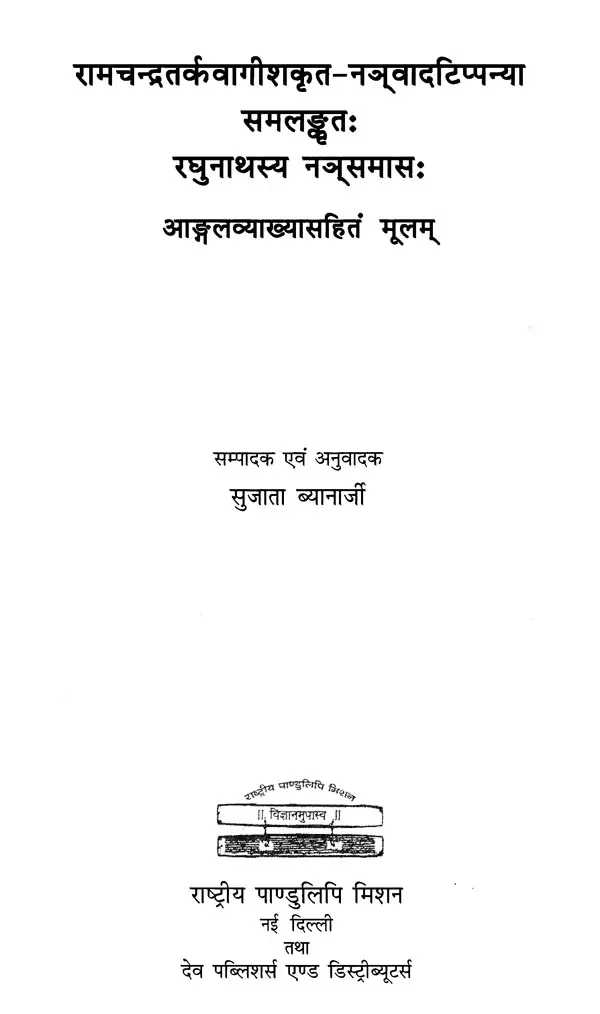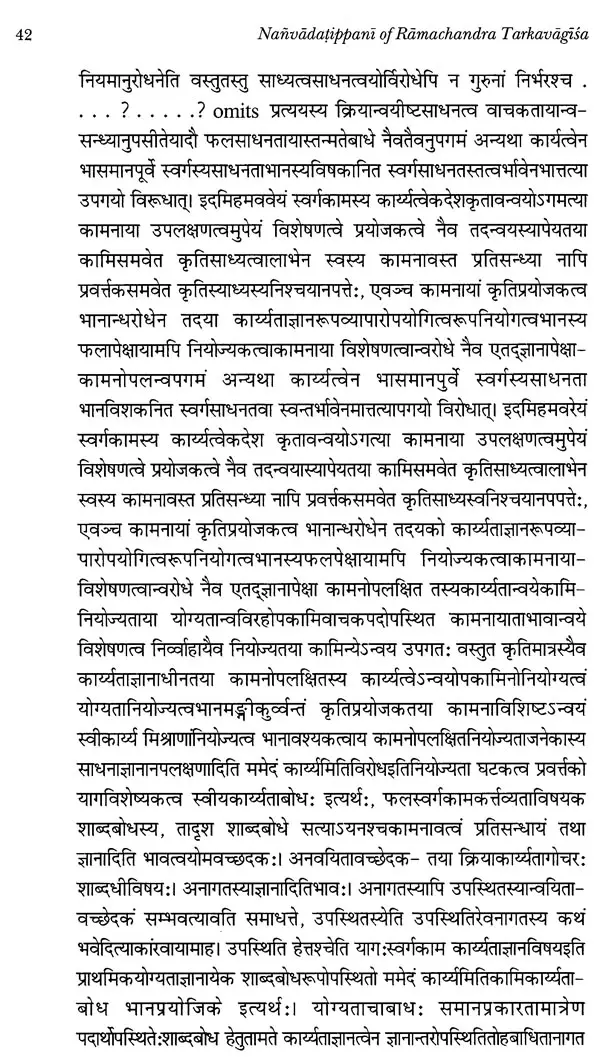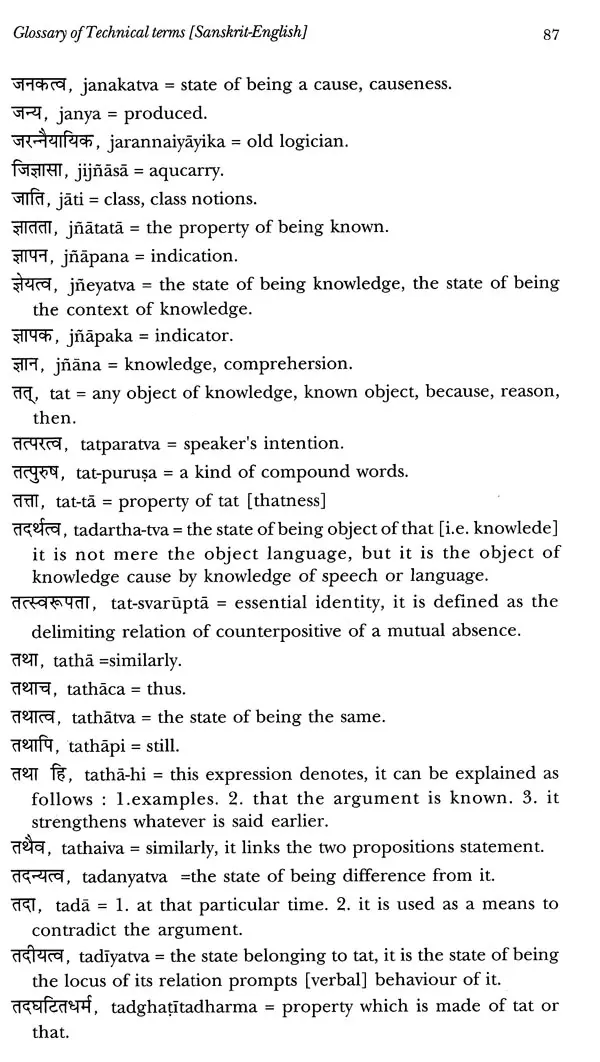From the Jacket The experience and knowledge from our past are recorded in manuscripts which have been handed down to us over several thousand years. The Government of India, through the Department of Culture, took note of the importance of this vast tangible heritage and, in order to preserve and conserve as well as to make access to this wealth easy, established the National Mission of Manuscripts (NMM). In order to disseminate the knowledge content of manuscripts, the Mission has taken up several programmes such as lectures, seminars, and workshops. The Mission publishes the proceedings of the above said programmes under the following series: "Samrakṣika" (on conservation), "Tattvabodha" (comprising lectures based on manuscripts delivered by eminent scholars), "Samrakṣika" (research oriented papers presented in the seminars), and "Krtibodha" (transcribed and edited texts prepared at advanced level manuscriptology workshop conducted by NMM).
NMM has taken up a project for publishing rare and unpublished manuscripts in three forms (a) facsimile, (b) critical edition with annotation, and (c) critical edition withi translation. This series has been named as Prakasika.
Prakasika-41 brings forth the critical edition of an unpublished commentary based on the Navya-Nyaya branch of Indian philosophy.
About the Book Nañvada of Raghunatha has been published several times. Manuscripts of Raghunatha's other works are yet to be searched and brought out through their publications. Raghunatha's thoughts have been propagated by his followers through commentaries. One of such commentary "Nañvada tippani" was written by Ramachandra Tarkavagiša of Navadvipa. Reference of this commentary is found in the Bange Navya-Nyaya-Carca of Dr D C Bhattacharya who spoke highly of the importance of this commentary. But this commentary has not been published till date. Nañvada tippani of Ramachandra Tarkavägisa will throw some light on the history and development of Navya-Nyaya and on the height of richness it attained at that time.
About the editor Dr Sujata Banerjee is presently the lecturer at Kalyani University, Nadia, West Bengal. She is connected with various research projects based on Nyaya philosophy and has published articles in number of journals.
Peter W. Colby, Ph.D., is Professor and Director of the Master of Public Administration Program, University of Central Florida.
Foreword In Indian Philosophy the term 'Daršana' is used for the English word 'Philosophy. Unlike Western tradition where Philosophy means "love of wisdom." the term Darśana in India respesents "the means for seeing the unseen." Darśana in Indian tradition represents the way of life. Nyaya Darsana propfounded by the sage Gautama, is one amongst the six Ästika Darsana described in Indian tradition.
Preface In ancient India, learning excelled through the catena of guru and their disciples. Later, the art of writing came into existence to make this learning perpetual. Writing at first, was made on some medium for preserving and for passing on to the disciples. These writings by the Acharyas were treated as text books and later copied by the disciples for studying and further use. Writings by the authors by himself or by scribe were known as Autograph copy. These perserved handwritten texts are called Manuscripts. The word Manuscript has its root from Latin word Manus meaning hand and Scribere meaning scrabble or write. In this way the medium in which texts are handwritten is called manuscripts.
Introduction Pracina Nyaya and vaišeșika, both these traditions fused together in course of time and formed another school of philosophy known as Navya-Nyaya. Pramana is the speciality of this school and this theory in Anumana or the theory of inference gained maximum promience. It accepted the four pramaņas of Pracina Nyaya and the seven categories of Vaiseșika school. Navya Nydya was formed for subtlety of expressions, expansion of logical deliberations, new concepts, methods and terminology. Impact of Navya-Nyaya moulded the writing of authors of other disciplines like literary criticism (Poetics), Dharmasastra (sociology), Science of polity and Indian jurisprudence, Science of language and philosophy etc.
Book's Contents and Sample Pages






















